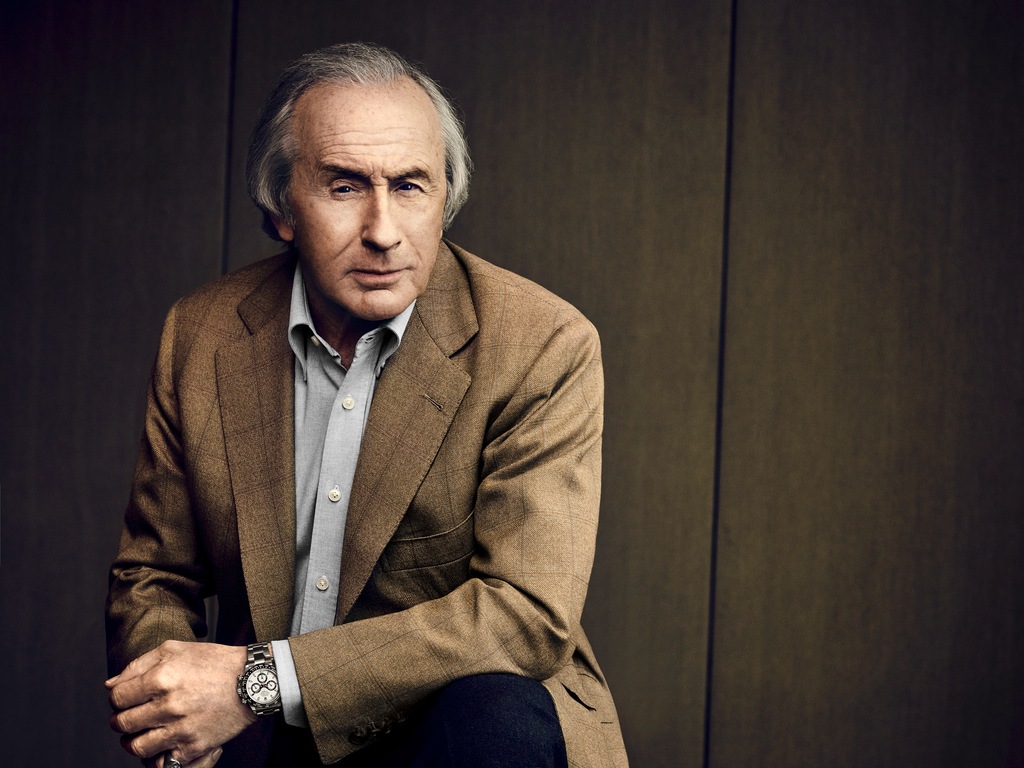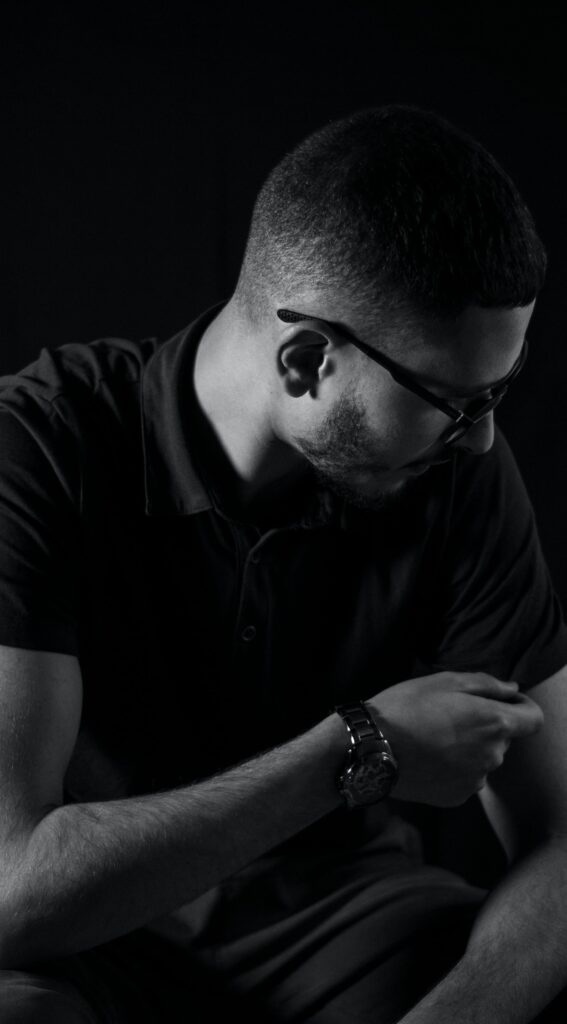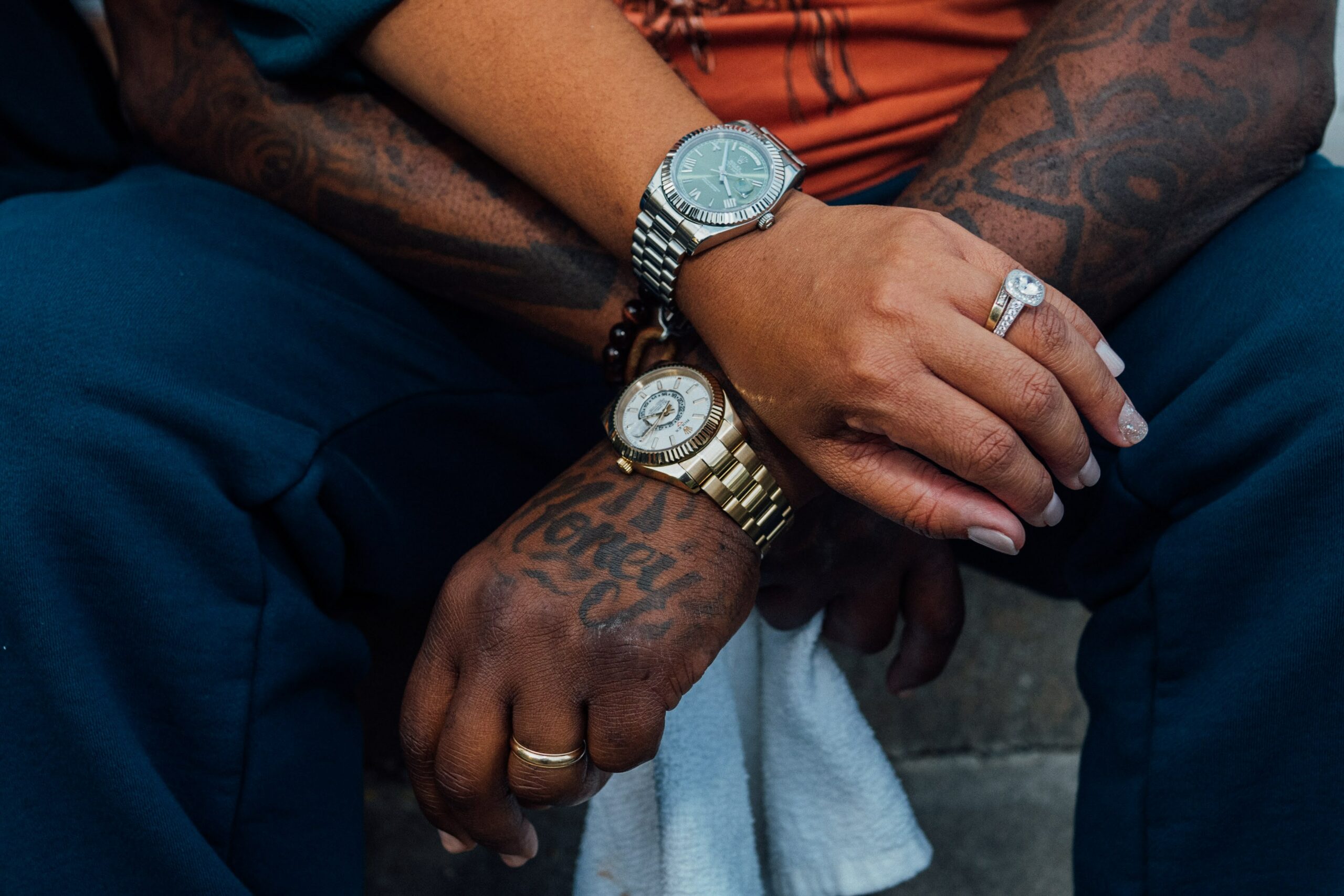A Swiss-based marketing firm recently surveyed around 1,000 Gens Y and Z people on their attitudes to luxury watches, and it turns out they love them – but is the feeling mutual?
Swiss brand strategy firms New Norms and NEOVISO co-conducted the survey in February among people aged 18-35 in the US and the UK, in households with incomes of $150,000+.
It showed that traditional Swiss watches are highly coveted by Gen Y and Z, and in a summary report, states: “Although the Apple Watch, launched in 2014, has now become the world’s largest watch brand, the desirability of Swiss luxury watches remains sky-high for people from the Millennials/Gen-Z group.”
It also concludes that brands have some work to do when it comes to reaching them. “A large majority (60%) of the respondents said they feel it is very important/important to own a luxury watch; just one in seven respondents viewed it as unimportant,” says the summary.
“Quite a few said they already own both smartwatches and a luxury watch, an indicator that many have adapted to the use of multiple timepieces for different purposes and occasions.”

One of the more interesting results of the survey, entitled “The Future of Time: Luxury Watches and Gen Y/Z,” is that the respondents are focused on the same top brands that previous generations have long coveted: Rolex, Cartier and Patek Philippe.
When it comes to future purchase preference, almost half would opt for a Rolex (48%); the only other brand to achieve a double-digit percentage value for this measure was Cartier (13%). Respondents were given a list of 15 luxury brands, essentially the top 15 best-selling according to the Morgan Stanley study.
Their top choices, in order of preference are: Rolex; Cartier; Patek Philippe; Longines; Omega; Breitling; Vacheron Constantin; TAG Heuer; Chopard; Audemars Piguet; Hublot; IWC; Breguet; Jaeger-LeCoultre; and Panerai.
When asked which brands they liked on social media, Rolex was again named by the most (61%), followed by Cartier (25%) and Omega (24%). The others lag well behind them. The survey summary concludes that “brand communication is not [but should be] tailored to GenY/Z.”
But does it show that? Or does it prove that luxury is aspirational – a rite of passage into adulthood, or a new level of adulthood, reflecting not who they are but who they want to be?
TAG Heuer and Hublot have long wooed the youth market, tapping young ambassadors in the realms of art, sports and culture, yet they were beat out on this list by the likes of Rolex (whose Testimonees include Sir Jackie Stewart, Jack Nicklaus and Placido Domingo), and Cartier, with Catherine Deneuve in its corner.

And, although both Cartier, and Rolex also have plenty of younger ambassadors, they are still the most traditional of brands.
Those two brands, plus Patek Philippe and Vacheron Constantin, beat out Hublot and Panerai, who count 26-year-old tennis player Borna Coric and 30-year-old actress Dilraba Dilmurat as brand ambassadors, respectively.
Chopard, whose ambassadors include 78-year-old Jacky Ickx, was also near the top of the list. And Patek’s strongest market message is that a Patek Philippe watch is the sort of thing you’d get from your father and pass on to your son – not exactly a direct appeal to the hip hop crowd. It doesn’t even sponsor sporting events, yet there it is, number three on the list of preferences.
In other words, nothing has changed: aspiration is still more important than immediate relatability. I’m a Boomer and I’ve loved Cartier since my twenties. My wish was to abandon the mall where I could easily buy any one of the licensed quartz fashion watches of the time and head instead for the buzz-in Cartier boutique, even though I couldn’t really afford it.
Entering the store was slightly intimidating but also exhilarating – like entering a secret club defined by beauty and elegance and the hushed tones of gentility. People want what they can’t (yet) have, and the study says as much.
“The Rolex brand is experiencing an unprecedented boom but can be obtained from regular retailers only with a great deal of patience,” says New Norms senior partner Jorg Baumann. The summary concludes: “Gen Y and Z see the prestige of a brand as the most important purchase criterion (64%).”

Even on social media, the top traditional brands have a huge following among young people, even though they aren’t necessarily being targeted. Bauman explains: “Younger customers tend on average to be less experienced, and therefore the allure of the super-brands gives them clear reference points to navigate a complex market.
“These leaders have a much stronger presence in the channels that young people use and, more importantly, user-generated content leverages the super-brands. This is key. There are 14 million posts with a Rolex hashtag on Instagram alone, and 6.8 million for Cartier (as opposed to, for example, 1.2 million for TAG Heuer). A large part of that is user generated content no longer in the hands of the brands.”
In other words, the top brands are not necessarily driving their own content or reach on social media. Young people are posting pictures of themselves and others wearing the brand, rather than reposting brand-generated content. In fact, brand ambassadors may not even count.
Indeed, in the survey, “Only one in seven people said that a brand ambassador was a reason to buy a watch,” says Baumann. His conclusion? “Almost all the other brands [aside, perhaps, from Rolex and Cartier] would very much benefit from a better understanding of how to engage a new generation.
“In our view, the trick is be very consistent in brand building and defend your core, but be extremely agile and fresh in the way you deliver your brand message to and through the young generation.”
They’d better act quickly. “A very large group of respondents (71%) said they intend to buy a luxury watch in the next two years”… and the survey shows that “smartwatches are nowhere near achieving the extraordinary emotional desirability of luxury watches”.

